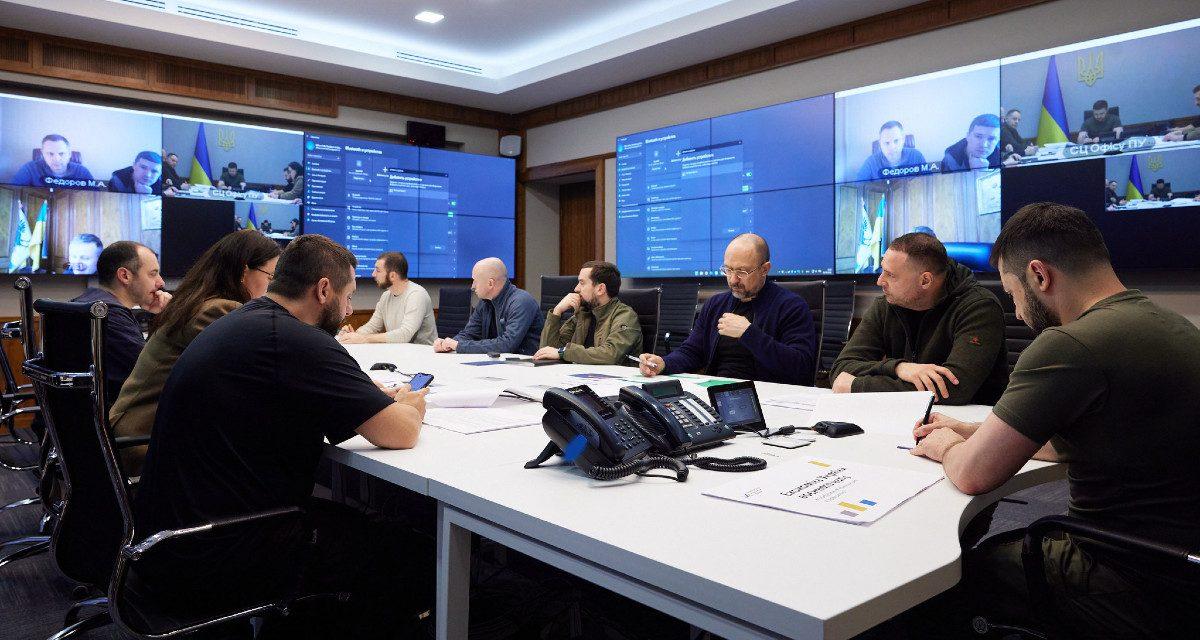Northrop Grumman, which launched a 5G lab in San Diego last year, is now collaborating with AT&T and Fujitsu to test 5G private wireless and open RAN.
“We showed a 5G open RAN core in a closed environment in a lab,” said Lance Spencer, AT&T’s client senior vice president of defense. He stated that the team is doing additional experiments in order to scale the technology, which is used to send intelligence, surveillance, and reconnaissance data through 5G networks. The demo did not include any connected IoT devices, according to Spencer.
“Enabling 5G connectivity for our warfighters across domains will help realize a connected battlespace for the joint force,” said Northrop Grumman’s Ben Davies, vice president, and general manager, the networked information solutions division, in a statement. He said his company is working with AT&T to “bring together the high speeds, low latency, and cybersecurity protections of private 5G networks with the flexibility and scalability of commercial 5G capabilities.”
According to the contractor, its 5G technologies are designed to handle multi-domain operations (MDO), a military term for presenting an enemy with a variety of independent threats at the same time. According to Northrop Grumman, 5G networks can help the military deploy new capabilities, make faster choices, and respond to attackers more swiftly.
Spencer of AT&T described the experiment as spectrum agnostic. “We feel it is in the best interests of the Department of Defense (DoD) to use the commercially licensed spectrum to the fullest extent practicable,” he said. “Commercial spectrum can provide DoD with robust, reliable, and resilient network access, streamlined delivery, and agility and scalability qualities that alternative spectrum methods can not give.”
Northrop Grumman and AT&T agreed last year to collaborate on research and development to create a digital battle network using AT&T’s commercial 5G network and some of the defense contractor’s military technology.
“This demonstration showcased the benefits of commercially available 5G for the DoD and the open, standards-based technologies that we’re exploring and developing as leaders in the O-RAN Alliance,” said Spencer. AT&T is a founding member of the O-RAN Alliance.
“The DoD has shown considerable interest in open RAN, and we want to be among the leaders to innovate with it to ultimately deliver the advanced capabilities DoD requires,” said AT&T’s Spencer. He said the demo integrated open RAN-compliant Fujitsu radios with Northrop Grumman’s tactical data links. “We are conducting additional experiments with other open RAN-compliant equipment,” Spencer added.
The National Spectrum Consortium (NSC) listed the Department of Defense (DoD) as a driving force behind the industry group’s recent call for whitepapers soliciting ideas on how to hasten the development of open RAN. The Department of Defense said in a statement announcing its collaboration with the NSC that open RAN architectures provide “a sustainable approach for speeding vital 5G innovation while promoting the creation of domestic supply chains based on trusted and secure vendors.”
Furthermore, the DoD is working with NTIA on the 5G Challenge, which will award prize money to companies that promote 5G interoperability.
With separate awards, the agencies have already staged a preliminary award ceremony for firms that could successfully integrate hardware and software for open RAN central units, distributed units, and/or radio units, with separate awards given to those that could integrate multiple vendor subsystems and identify interdependencies and any potential risks in their software bills of materials. Awards were made to Radisys ($600,000), Mavenir ($550,000), Capgemini ($400,000), Fujitsu ($150,000), and Signal System Management ($150,000).
Radisys, the grand prize winner of the 5G Challenge preliminary event, has collaborated with defense contractor Lockheed Martin to enhance integrated access backhaul to provide mission-critical communications for aerospace and defense.


